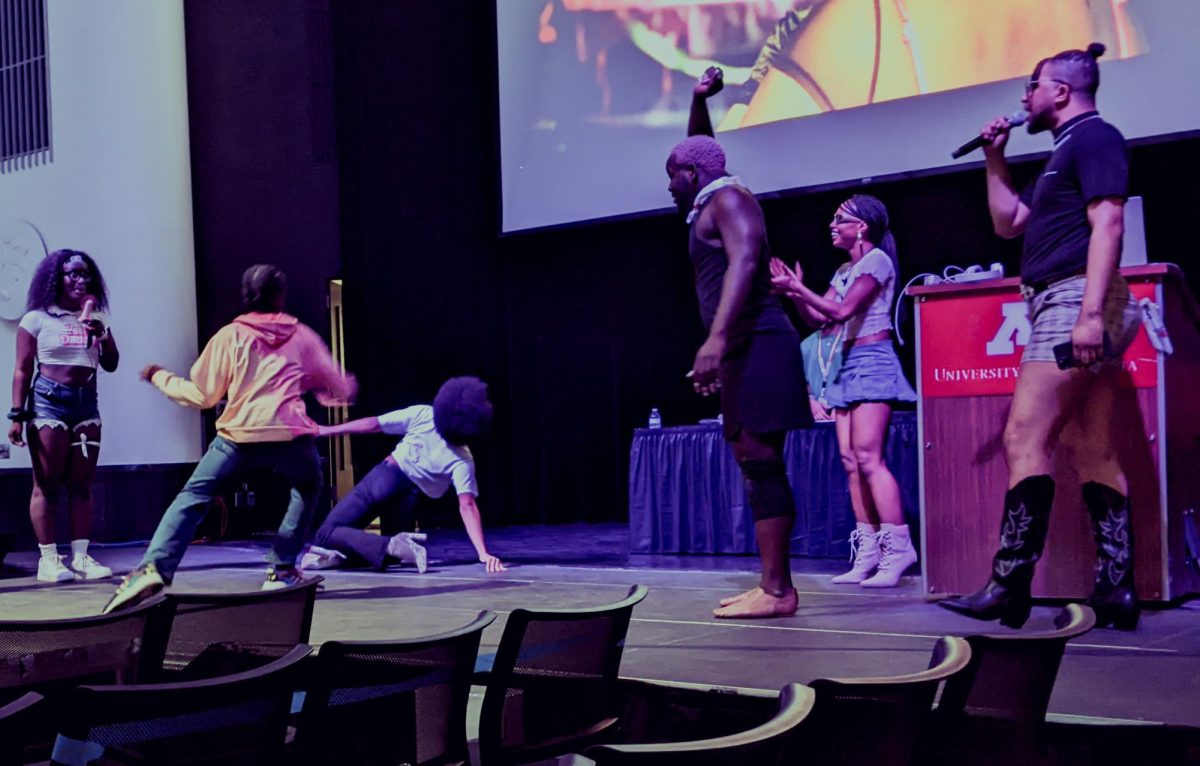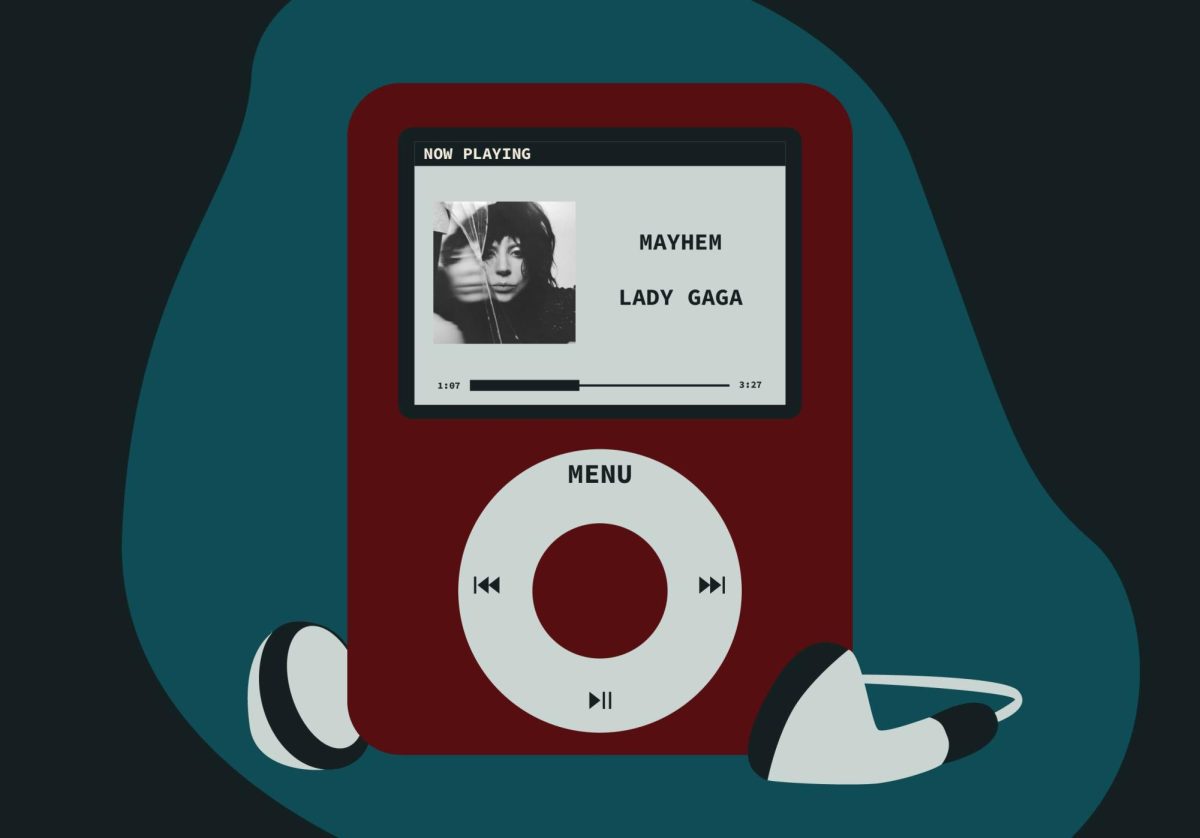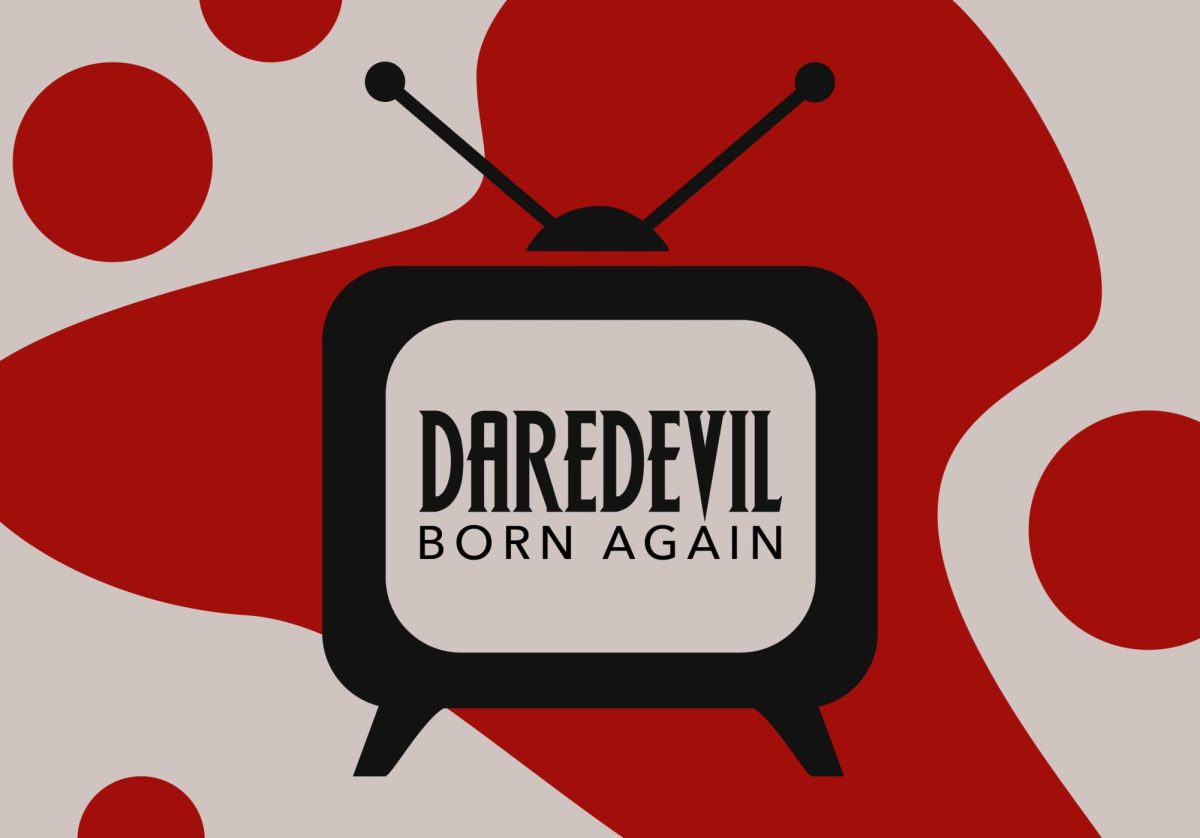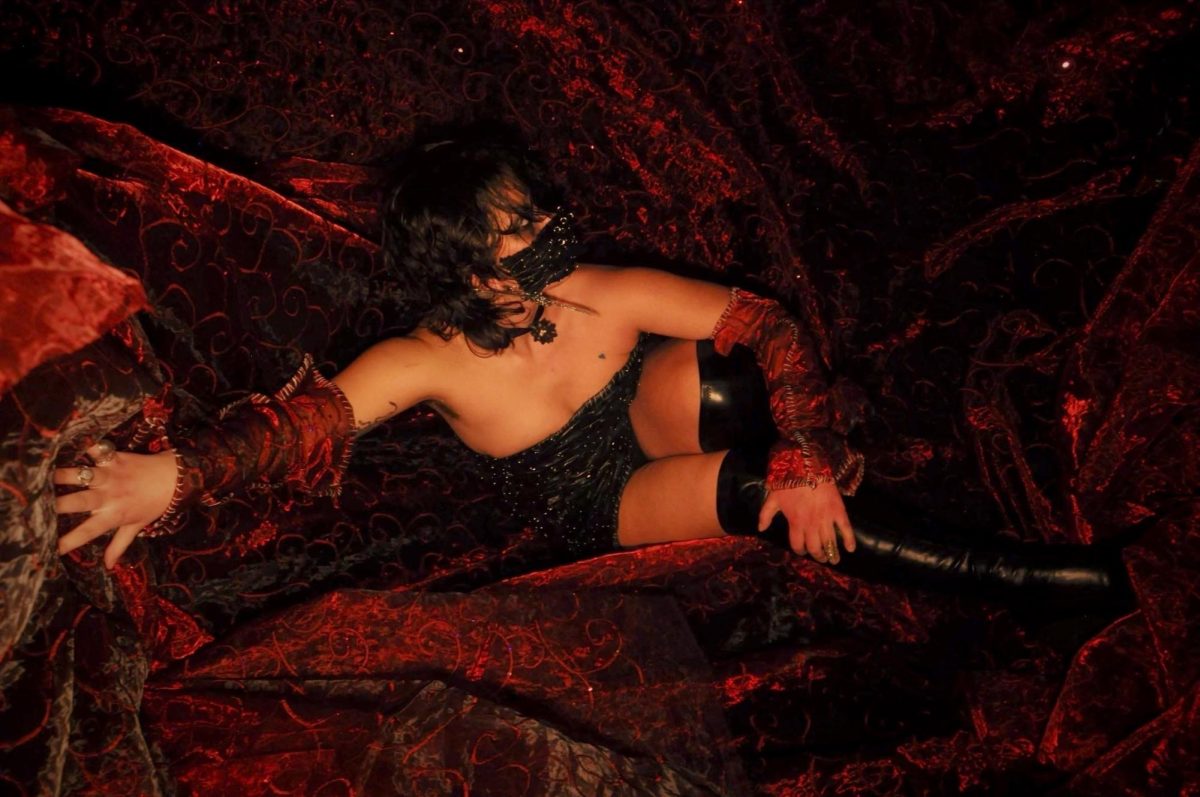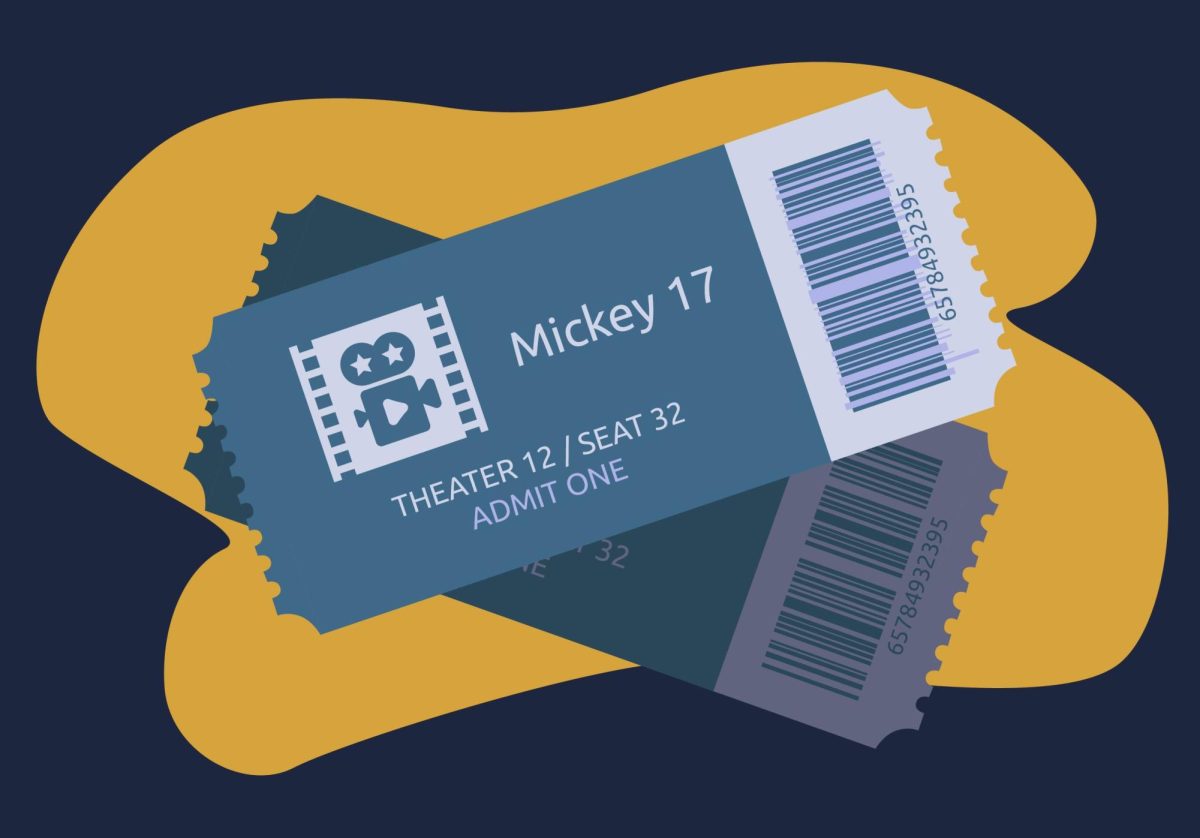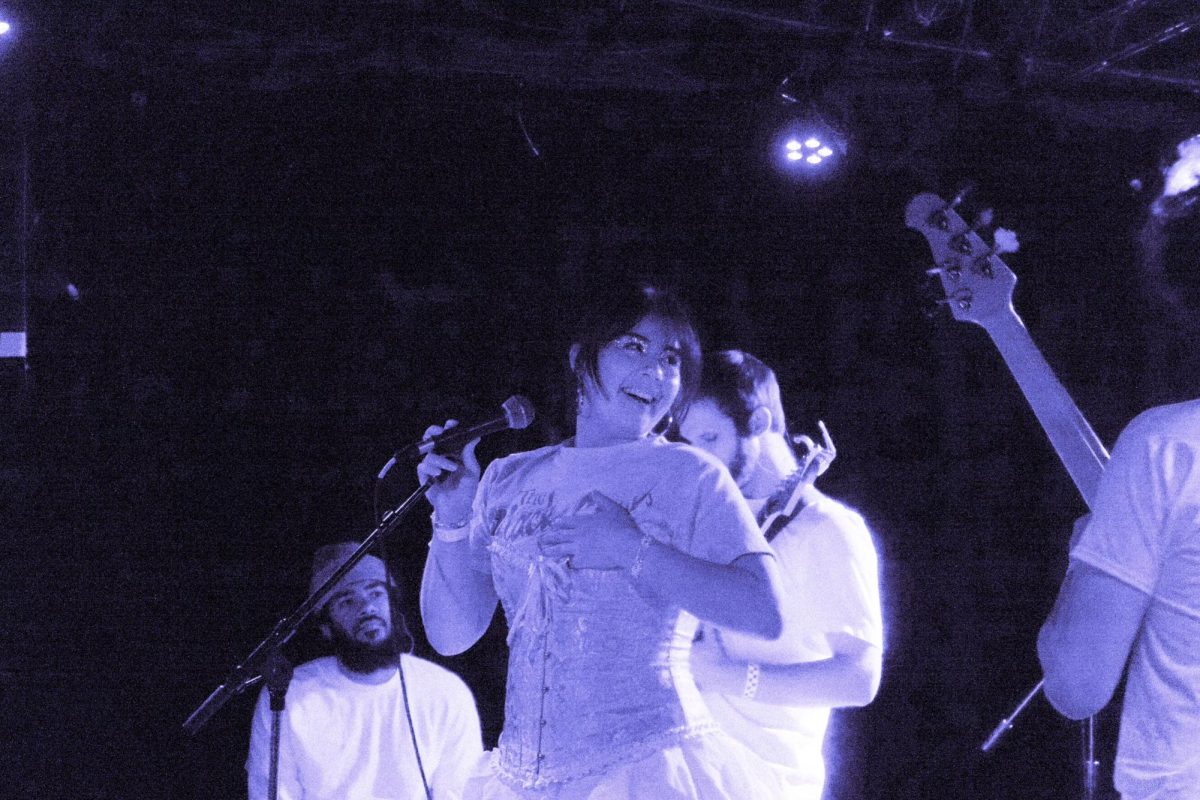Vogue Down, a Minneapolis ballroom collective, brought face, body and undeniable energy to its first-ever showcase at the Coffman Union Great Hall Friday.
The seven-member collective channeled education about ballroom culture, a highly influential Black and Latinx LGBTQ+ subculture, through an electrifying performance and a witty and welcoming attitude.
Known simply as ballroom, the subculture revolves around balls, competitions where queer, trans and gender-expansive people perform different drag genres and categories, according to Grinnell College.
Black and Latinx queer and trans people spearheaded the subculture in reaction to the exclusionary all-white balls of the 1920s and popularized it from the 1960s to today.
“It’s such important work uplifting Black and brown queer voices in ball culture,” said Mycall Akeem Riley, director of the University of Minnesota Gender and Sexuality Center for Queer and Trans Life (GSC).
The GSC organized the event to conclude their month-long event series celebrating Pride Month.
“The main goal of the GSC has always been to think intersectionally, to think about those on the margins of our movements,” Riley said. “(Ballroom) is such a beautiful way to think about queerness.”
Awareness of ballroom in the popular consciousness has been raised through shows such as “Pose,” “Legendary” and the 1990 documentary “Paris is Burning.”
Vogue Down MPLS co-CEO Don Thompson acknowledged the gaps still left for most people at the beginning of the showcase.
Thompson told the audience the purpose of the showcase was “so you know what happens when you actually come to the ball.”
The showcase began with a rundown of ballroom etiquette, which revolved around maintaining high energy.
“Energy is what makes the ball, what makes the girls feel it,” Thompson said.
One of the ways this is accomplished is through clapping to the beat of the music contestants walk to. By the time the event was over, the palms of my hands were glowing pink.
The most exciting part of the evening was when Vogue Down invited audience members to walk in the Runway category, including the subcategories All-American and European.
The main difference between the two is gender presentation. All-American is more masculine with a stick-straight walk, while European incorporates more feminine hip movements into its walk (“way more girly about the situation,” in the words of Thomspon).
A person sporting a dark brown business suit with a green tie was the first to attempt the All-American walk. They brought an effortless swagger to the stage, rendering a minimal walk into an engaging performance of the steely business executive archetype.
A heartwarming moment came when a young child, who looked to be around five years old, got on stage to walk European. Her pink dress swayed and her arm swung back and forth as she marched down the runway with stompy, little kid confidence and hand on hip.
“Give it up for House of Disney Channel!” joked Wariboko Semenitari, known as Wari 007, another collective member. When she finished her walk she received the most applause from the audience.
Houses in ballroom are a cross between a team and a chosen family that performers often represent at balls, indicated by their last name in their alias. In the case of Wari 007, they do not belong to a house, hence their last name.
The showcase concluded with a demonstration of voguing followed by battles between teams of two.
Voguing utilizes fast, stylized arm and hand movements, sharp poses and low-to-the-ground foot movements, according to Grinnell College. A performance is a combination of the five elements of voguing: duckwalking, catwalking, floor performance, hand performance and spins and dips.
“You take these pieces and you put them together in your own way,” said Vogue Down member and co-CEO Yoni Light while addressing the crowd. “Vogue is not just dance, it’s a feeling.”
Zetovi Dillard, a fourth-year University of Minnesota student, participated in ballroom before and said this was her fourth Vogue Down event.
“(Ballroom) feels like a sacred space to me,” Dillard said. “Just watching is like I’m witnessing the beauty within my community and my subculture as a Black trans woman.”
Dillard said the low-pressure atmosphere motivated her to perform at the showcase and helped ease her mind of getting chopped, or eliminated.
“Even when I am nervous, it’s out of love,” she said.
Dillard said she hopes the showcase will help to bring ballroom culture to the University, something she has wanted to see happen for a while.
“I think people enjoyed themselves,” she said. “Even if no one else did I know that I did.”
As Pride Month comes to a close, it is crucial to learn about Black and brown queer culture. It was Black and brown lesbians and trans women, such as Marsha P. Johnson, Stormé DeLarverie and Sylvia Rivera, who were the key players of the Stonewall Riots.
On a wider scale, much of the language of ballroom has proliferated through popular culture, “Too often the taking is done without giving credit to the community,” according to Google Arts and Culture.
“We would not have Pride without trans-Black women,” Light said in an interveiw. “You gotta know where you come from to know where you are and where you’re going.”


